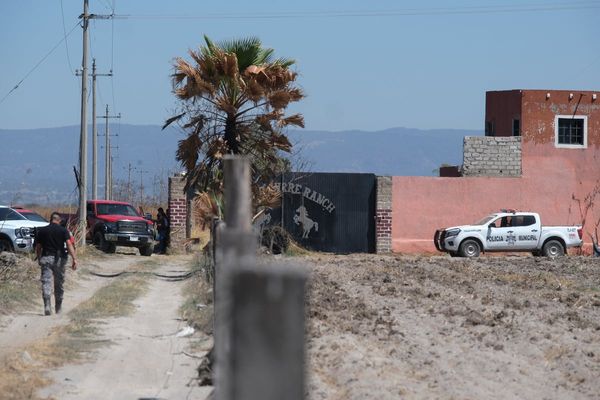
A travel blogger is the latest in a long line to fall foul of public opinion after posting an “inappropriate” picture of Auschwitz on social media.
Instagrammer Atuk Apil put up a picture of a rubber duck outside the concentration camp memorial in Poland, where an estimated 1,100,000 people, most of them Jewish, were killed under the Nazi regime.
The Instagram account posts pictures of a yellow duck with a little red top hat in front of famous monuments all over the world.
Under the Auschwitz picture, the caption read: “Auschwitz II (Birkenau), extermination camp, where most of the more than one million victims of the camp died. In this section were women.
“Trains full of people arrived daily and were immediately separated between ‘fit and unfit’. The fit had a life expectancy of months, while the unfit were sent directly to the gas chambers.”
Many social media users found the juxtaposition between the cheery duck and the site of so many horrors jarring, after it was shared on twitter by the Auschwitz Memorial and Museum.
The museum tweeted the picture in question alongside the caption: “What if someone who travels with a rubber duck & uses it as an artistic Instagram convention arrives at @AuschwitzMuseum? Is the rubber duck in front of the Gate of Death disrespectful – even unintentionally? Or is it a side effect of the visual world we should accept/ignore?”
One twitter user branded the photo “totally disrespectful and wholly inappropriate.”
“They can’t be that ignorant or uninformed to visit there and not know of the history and suffering that went on there,” they added. “Sometimes you have to take a step back from social media for likes.”
Another commenter wrote: “The concept of taking rubber ducky photos at various destinations is adorable and sweet, but clearly this was highly inappropriate and insensitive.”
After many people expressed their distaste for the photo, Atuk Apil removed it from Instagram and issued an apology via the Museum.
“The intention of the post was the one previously mentioned without intentions to disrespect or generate controversy on the matter,” they wrote. “My sincerest apologies to @AuschwitzMuseum for the inconvenience and to all the people who have felt offended.”
It’s far from the first time a social media post has been deemed insensitive.
In December 2018, British model Rhian Sugden prompted criticism after posting a selfie from the Holocaust Memorial in Berlin on Instagram accompanied by the caption “ET phone home”.
After considerable backlash online from followers who thought the photo was bad taste, Sugden removed the caption, leaving the hashtags #sightseeing #museum and #Berlin.
However, the lingerie model defended the post online, writing: “I’ve got no time for this moaning generation. I’m on holiday. Sightseeing and took a pic. Under no circumstances is this disrespectful.”
The picture shows Sugden pouting and wearing a chunky grey scarf draped around her head with the memorial, which consists of 2,711 concrete slabs arranged in a grid, in the background.
In 2016 Israeli artist Shahak Shapira highlighted the disparity between visitors’ grinning selfies and the reason behind the Holocaust Memorial in a project called “Yolocaust”.
He photoshopped people’s pictures of themselves smiling, jumping and even doing handstands while visiting onto piles of dead bodies in concentration camps, or with stick thin prisoners in the background.







